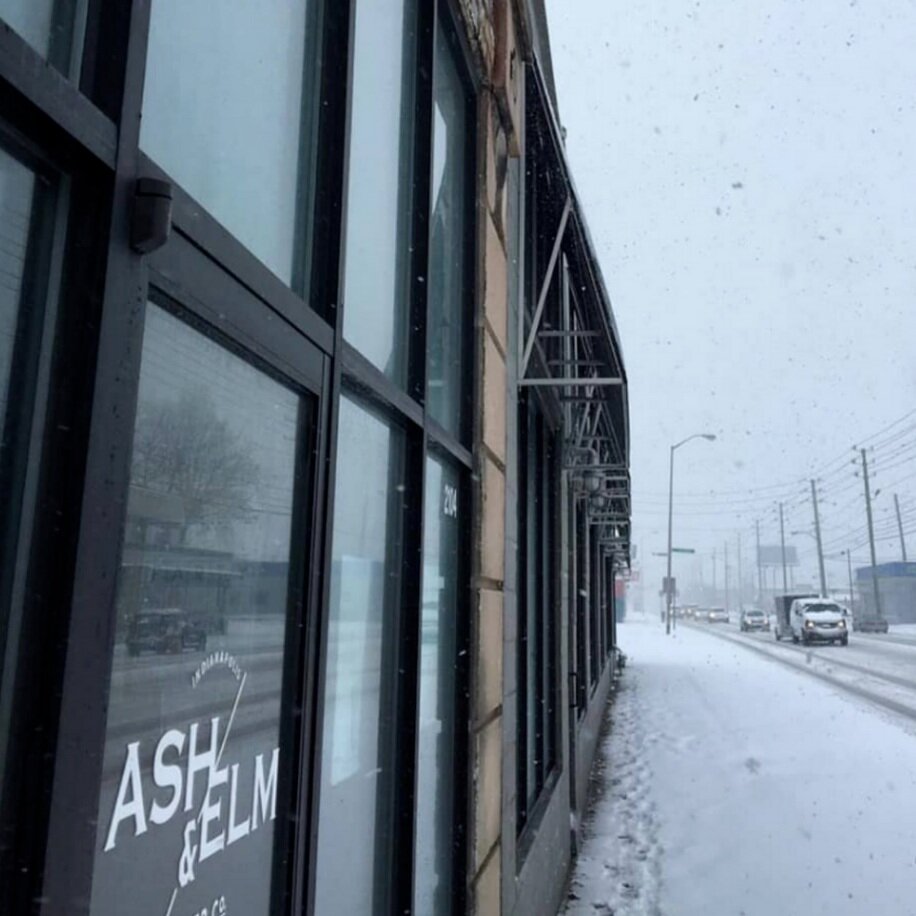Hey, wow, it’s been about two years since I wrote a blog! Time flies when you run a growing business, I guess.
I had a conversation with some new friends yesterday and we started talking about scaling our business, and within that, how our growth over the years has allowed us to ‘achieve scale’ when it comes to cans. As we talked, she mentioned that the whole thing was very interesting and provided insight into an area she never even knew was a thing, so I thought I’d share it through a two-part blog.
A quick note on the phrase ‘achieving scale’. This is one of those phrases that business people say a lot but is sometimes hard to wrap your mind around tangibly. So, I wanted to talk about a very specific way we’ve been able to achieve scale - or start to - as we’ve grown, and why businesses are always trying to do it. Join me as we take a deep dive into the cost of aluminum cans!
CAN LABELS
This is a stickered can. Lots of aluminum shining through.
So, you have a 12oz aluminum can in your hand. It could be filled with Diet Coke, a La Croix, a can of craft beer, or one of our ciders. The can has a label on it to let you know what is inside the otherwise identical silver aluminum can. There are four main ways to label that can.
A stickered can. This is the simplest option. Get a sticker designed with all the pertinent information, print it, and stick it on the can! Ta-da! The plus side of stickered cans is that you can order as many or as few stickers as you want, so there’s very little barrier to entry on that side of things. Another pro is that each individual sticker is really inexpensive.
The con side of stickered cans is that you will have a gap where the sticker ends, and the bottom and top of the can will have a strip of the aluminum can. Also, unless you are planning on hand-stickering, you’ll need a semi-automatic labeler, where you set a can down, set up your sticker, and then turn the can so the sticker attaches straight, which will cost not too much but will take a whole lot of time. Or you could get a fully automatic labeler, which will cost about $20,000. That $20K is the reason a lot of breweries don’t go with stickered cans when they’re starting out.
This is a shrink-wrapped can. See the clear sleeve?
A shrink-wrapped can. In this process, you design your label and a professional printer creates a sleeve that goes over the can. The sleeve is then shrink wrapped to tighten up and affix. You can tell a can is shrink-wrapped by turning it upside down and finding the clear plastic wrapper, which you can then feel off completely and be left with a naked aluminum can again.
Shrink-wrapping looks a bit more professional than a sticker because it doesn’t leave any gaps in the design. You will need to place a bigger order of shrink-wrapped cans for each brand you have, but this number is in the hundreds, so it’s not a big problem to start shrink-wrapping cans. Also, you don’t need any special equipment for shrink-wrapping; the cans arrive ready to fill. This is why most breweries go with shrink-wrapped cans to start. Yes they cost more per can, but you don’t have to buy a piece of equipment or have a bunch of people to make it happen. When we first put our cider in cans in early 2018, we started with shrink-wrapped cans.
A printed can. Printed cans are what any large-scale beverage uses. This is when, using actual plates and frames and ink, your image is pressed directly onto a sheet of aluminum before it is formed into the can shape. This removes any distortion of the image, which can happen with shrink-wrapping, and, most importantly, is much cheaper than all of the other options because you aren’t buying a bunch of stickers or wrappers, you’re just buying the design of the plate and frame image, which then exists for all reprintings. The pros are obvious: no distortion of the image, and a much lower price per can. Cons? You have to buy 200,000 at a time.
SHRINK WRAPPED VERSUS PRINTED CANS
So, when we started canning in 2018, we paid about $0.35 per shrink-wrapped can. That doesn’t sound like a whole lot, but it’s just the labeled body of a can; you also have to buy a can lid, a pack-tech, and a cardboard flat for every case of cider you sell. When you add all of that up, it’s about $10 per case just in the packaging materials, not including any of the actual cider in the cans. That’s a lot!
On the other side of things, printed cans cost less than half of shrink-wrapped cans. Yes. They’re about $0.15 per can. That makes the packaging materials in a case of cider made with printed cans only about $4.50 a case. Guys, we sell THOUSANDS of cases of cider in a year! Switching from shrink-wrapped cans into printed cans will save over $100,000 a year on the LOW end with a practically identical (and most would say ‘superior’) experience for the customer. You may be wondering why anyone would ever choose to use shrink-wrapped cans, and the answer is because of ~ scale ~. More on that in Part 2.




































